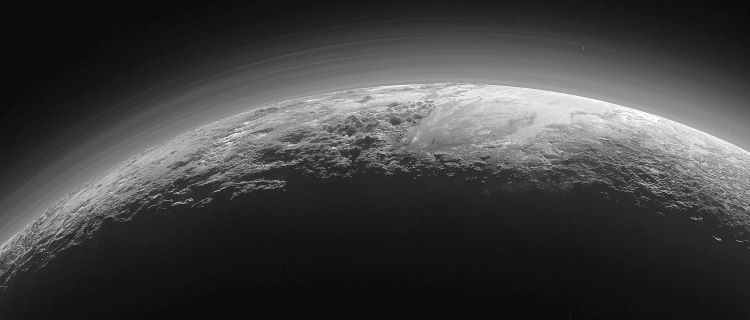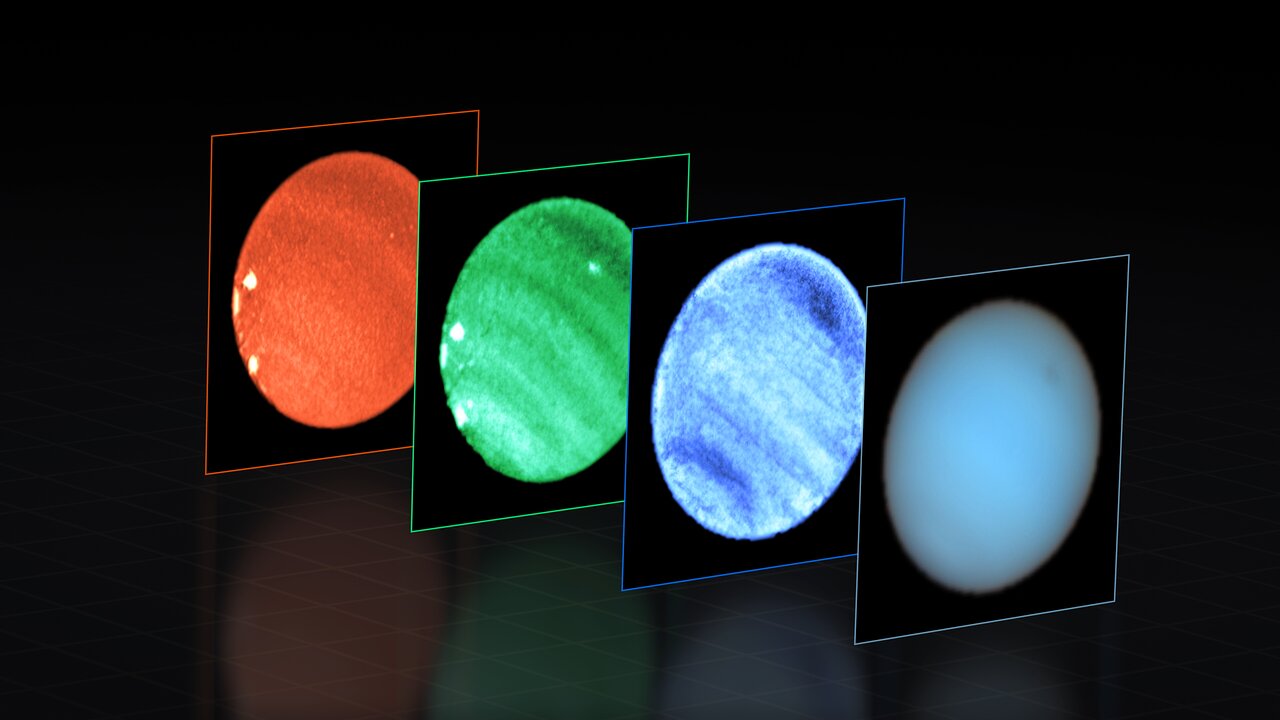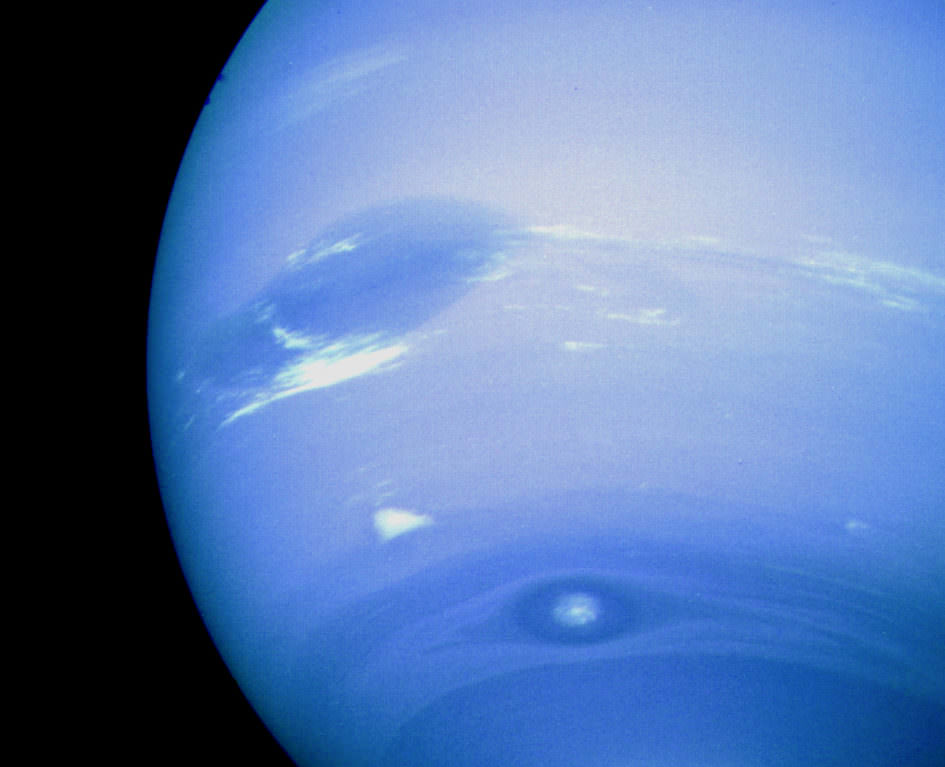Universe Today has surveyed the importance of studying impact craters, planetary surfaces, exoplanets, astrobiology, solar physics, and comets, and what these fantastic scientific fields can teach researchers and space fans regarding the search for life beyond Earth. Here, we will discuss how planetary atmospheres play a key role in better understanding our solar system and beyond, including why researchers study planetary atmospheres, the benefits and challenges, what planetary atmospheres can teach us about finding life beyond Earth, and how upcoming students can pursue studying planetary atmospheres. So, why is it so important to study planetary atmospheres?
Continue reading “Planetary Atmospheres: Why study them? What can they teach us about finding life beyond Earth?”Planetary Atmospheres: Why study them? What can they teach us about finding life beyond Earth?



